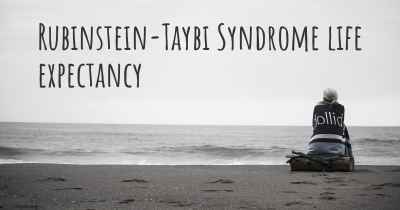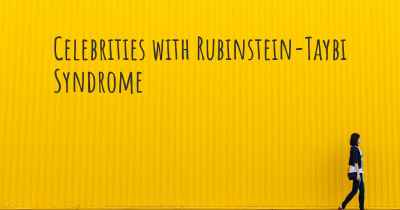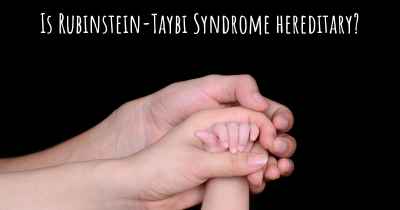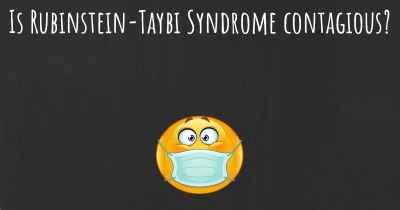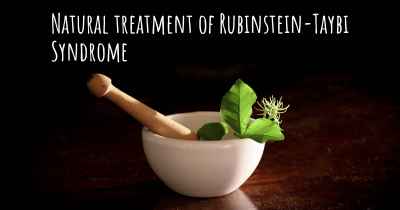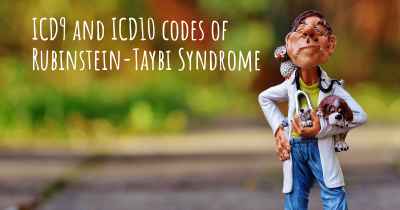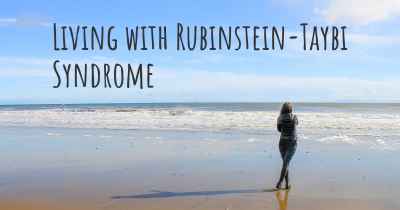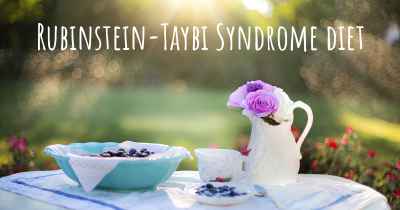Is it advisable to do exercise when affected by Rubinstein-Taybi Syndrome? Which activities would you suggest and how intense should they be?
See if it is advisable for people with Rubinstein-Taybi Syndrome to practice sports and which ones are the most recommended if you have Rubinstein-Taybi Syndrome
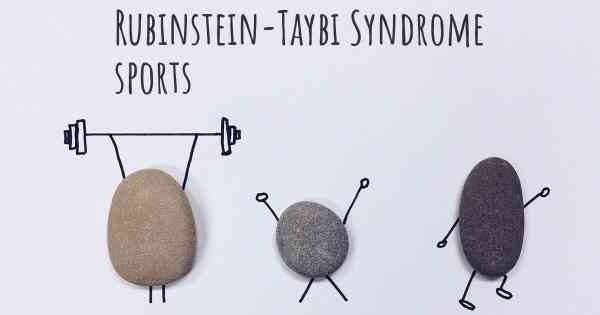
Rubinstein-Taybi Syndrome (RTS) is a rare genetic disorder characterized by physical, cognitive, and developmental abnormalities. While exercise can be beneficial for individuals with RTS, it is important to approach it with caution and tailor it to the individual's abilities and limitations.
Benefits of Exercise for Individuals with RTS:
Regular exercise can offer several benefits for individuals with RTS, including:
- Improved cardiovascular health: Engaging in aerobic activities can help improve heart and lung function, promoting overall cardiovascular health.
- Enhanced muscle strength and flexibility: Exercise can help strengthen muscles and improve flexibility, which can aid in daily activities and mobility.
- Weight management: Maintaining a healthy weight is important for individuals with RTS, as obesity can exacerbate certain health issues. Regular exercise can help manage weight and promote a healthy body composition.
- Improved mood and mental well-being: Exercise has been shown to release endorphins, which can improve mood and reduce anxiety and depression.
- Social interaction: Participating in group activities or sports can provide opportunities for socialization and inclusion.
Choosing the Right Activities:
When selecting exercises for individuals with RTS, it is crucial to consider their unique abilities, limitations, and medical conditions. Here are some recommended activities:
- Low-impact aerobic exercises: Walking, swimming, cycling, and using an elliptical machine are excellent options for improving cardiovascular health without putting excessive stress on joints.
- Strength training: Using resistance bands, light weights, or bodyweight exercises can help improve muscle strength and tone. It is important to start with low resistance and focus on proper form.
- Flexibility exercises: Stretching exercises, yoga, and Pilates can improve flexibility and range of motion. These activities should be performed gently and with proper guidance.
- Balance and coordination exercises: Activities such as tai chi or specific balance exercises can help improve stability and reduce the risk of falls.
- Adaptive sports: Depending on the individual's abilities and interests, adaptive sports such as wheelchair basketball, swimming, or track and field can provide opportunities for physical activity and social interaction.
Intensity and Safety Considerations:
When it comes to exercise intensity, it is important to start slowly and gradually increase the intensity and duration of the activities. Here are some important considerations:
- Consult with healthcare professionals: Before starting any exercise program, it is crucial to consult with healthcare professionals familiar with the individual's condition. They can provide guidance on appropriate exercises and any precautions to be taken.
- Individualized approach: Each person with RTS is unique, and their exercise program should be tailored to their specific abilities and limitations. What may be suitable for one individual may not be appropriate for another.
- Monitoring: During exercise, it is important to closely monitor the individual's response and adjust the intensity accordingly. Signs of fatigue, pain, or discomfort should be taken seriously, and exercise should be modified or stopped if necessary.
- Supervision: Depending on the individual's abilities and safety concerns, it may be necessary to have a trained professional or caregiver present during exercise sessions.
- Enjoyment and motivation: It is essential to choose activities that the individual enjoys and finds motivating. This can help maintain long-term adherence to the exercise program.
Conclusion:
Exercise can be beneficial for individuals with Rubinstein-Taybi Syndrome, promoting cardiovascular health, muscle strength, flexibility, weight management, and overall well-being. However, it is crucial to approach exercise with caution, considering the individual's abilities, limitations, and medical conditions. Consulting with healthcare professionals and tailoring the exercise program to the individual's needs is essential for safety and effectiveness. By incorporating appropriate exercises and monitoring the individual's response, exercise can be a valuable component of managing RTS and improving quality of life.
Posted Mar 30, 2017 by Lspinelli 1000
Posted Mar 30, 2017 by Álvaro Martos 1050
